When you’re taking a relaxing shower only to find yourself ankle-deep in standing water, you’re not alone. Or are you? Sometimes, calling the plumber is out of the question. Maybe their waiting list is a week-long, or maybe your apartment complex doesn’t have a maintenance team (which is often the case) or maybe you don’t have the time to wait around all day until the weekend comes. Maybe the situation is as simple as you being able to think of 20 things you’d rather do with the money you’re about to hand to some guy for what’s likely to be about 15 minutes of work.
We understand. This is why we made a list of DIY solutions to your problem with the help of experts – we’re not going to lie, we asked some experts at Perfect Home Services to give us a hand with this because we came up short on ideas. They have heard it all. Read on:
So you’ve got a clogged sink
A clogged sink is the worst. You’re left stranded, and most often with a pile of dirty dishes. The problem with kitchen sinks is that what’s causing the clog might be very gross. Most often its’ food or other particles that used to be food.
If it’s a simple blockage, the good news is that you won’t have to take the sink apart just yet. Here are the first aid tricks that might just work instead:
Vinegar and baking soda – remember how in the third grade you made a science experiment? We’re talking about the famous paper mache volcano that was made to explode by using exactly these two ingredients. Don’t worry. We don’t want your sink to explode at all! You’re just going to push the blockage on, and maybe even cause it to tear apart into smaller pieces that are going to become unclogged and make their way down the pipe system.
All you need to do is to pour half a box of regular baking soda into your drain. Then, follow the baking soda with about half a cup of vinegar. Now, this is the important part. The volcano effect will want to make the sink overflow with foamy lava. You have to block the sink with a towel or a stopper in order to make the pressure build along where the blockage is and force it out.
Boiling water
Sometimes, before you try the old baking soda and vinegar trick, it’s worth it to put on a tea kettle and pour the boiling hot water down the drain first. If the blockage was caused by stuff that melts easily – congealed fat, maybe sugar or other semi-solid things, there’s a big chance that the water will melt this material and send it flowing on its way.
Plunger
This might seem gross, but it’s also a good reason to keep an extra toilet plunger in the house just for these occasions. The plunger doesn’t only work on toilets – it was built to create suction and pressure that will force any blockage out (or almost any).
Simply make sure that there are no plugs or metal strainers in the way of your plunging, and go for it!
Taking the sink apart
This is the part that most people dread. If your clog is very bad, chances are that you’ll have to remove the “U” shaped part of the pipe underneath your sink in order to get it unclogged. This part of the pipe is what usually stops any large objects, or stops a small piece of dinner like a bone – and lets debris collect around it until the whole thing is clogged. This part of sink plumbing is called the “sink trap” or a “p-trap” – probably because it traps gross things.
Here are the steps to doing this:
- Prepare a drainage bucket. Once you get the pipe loose, water will need a place to drain. It’s also a good idea to turn off the water in case someone comes and turns it on without thinking.
- Have some slip-joint pliers ready. If you don’t even know what these are, a towel will work very nicely. The point is to get enough friction to get the slip-joint going.
- Use the slip-joint pliers to loosen the slip joints that hold the p-trap in place.
- Watch the full tutorial to get your courage up.
Of course, this stage is where most of us don’t want to go. If the clog cannot be found anywhere, it’s time for the plumbing snake to come into the picture. This is the part where you should probably call a plumber – unless you have a plumbing snake of your own, or have a neighbor that does.
A lot of the time, people who have had multiple problems with deeper clogs will actually invest in an auger. The pipe snake is basically a coiled metal line that is mechanically uncoiled into the pipe. They take practice to control, but they don’t cost an arm and a leg – you can usually get a 25ft drum auger for as little as $20.
Of course, sometimes your problem might be well beyond 25 feet. Professional plumbers carry pipe snakes that are about 50ft long and can tackle clogs that may be close to the property line.
Give simple solutions a chance
Before you call the plumber, try some of the easy solutions we have listed. Sometimes, easy (and free!) solutions work just fine. From a little science volcano experiment to simple boiling water – see if you can be the hero in your household.





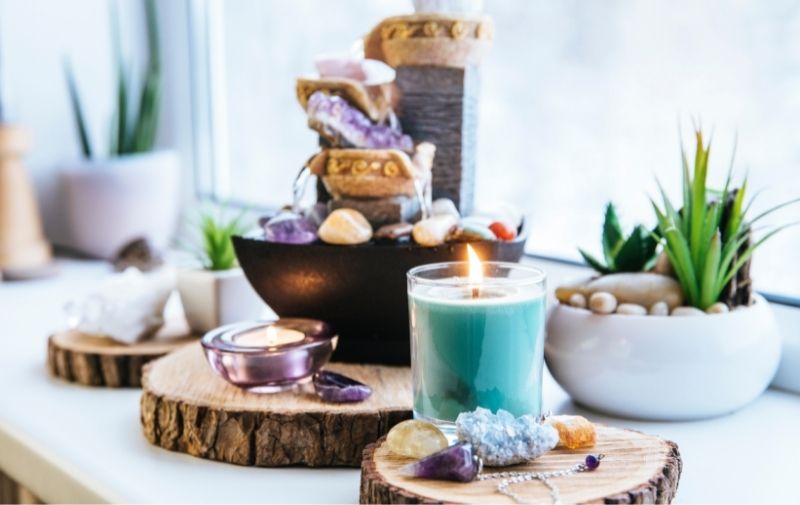





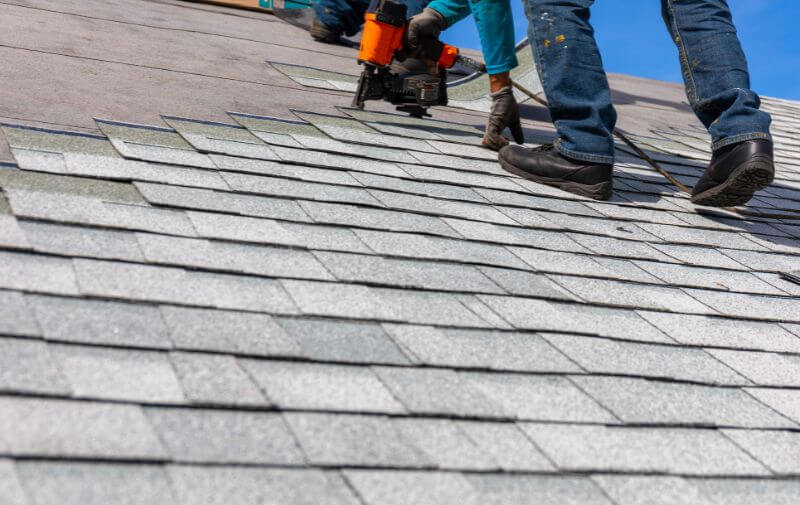
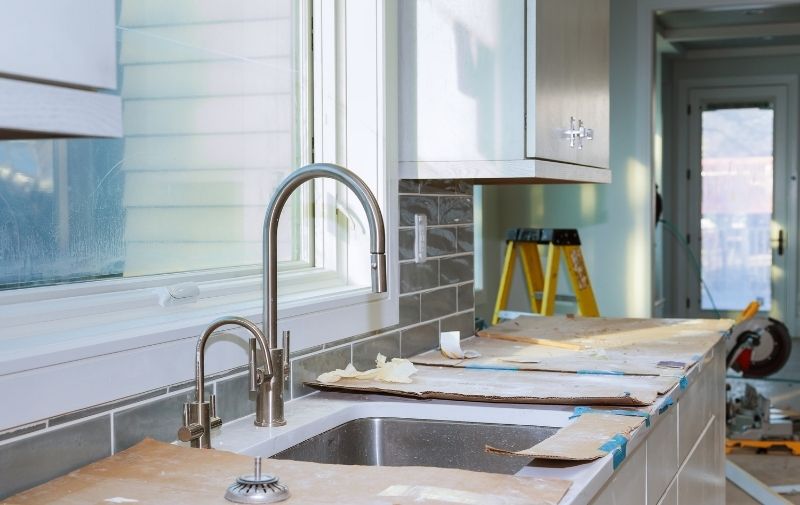

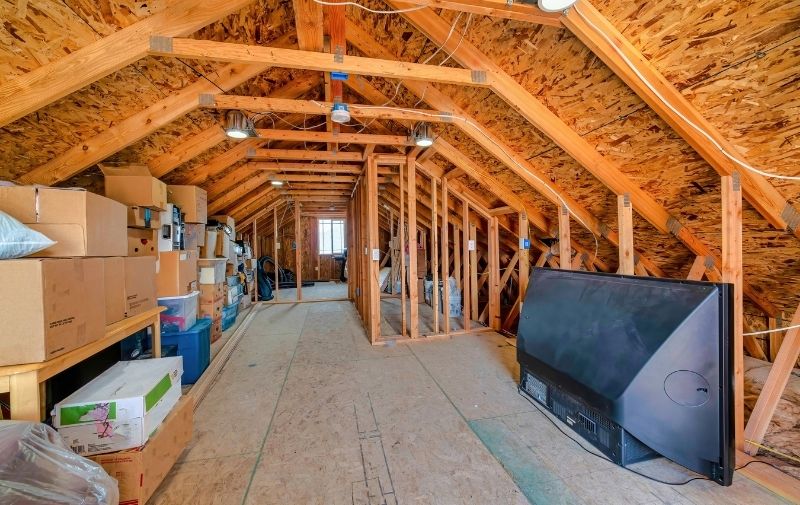
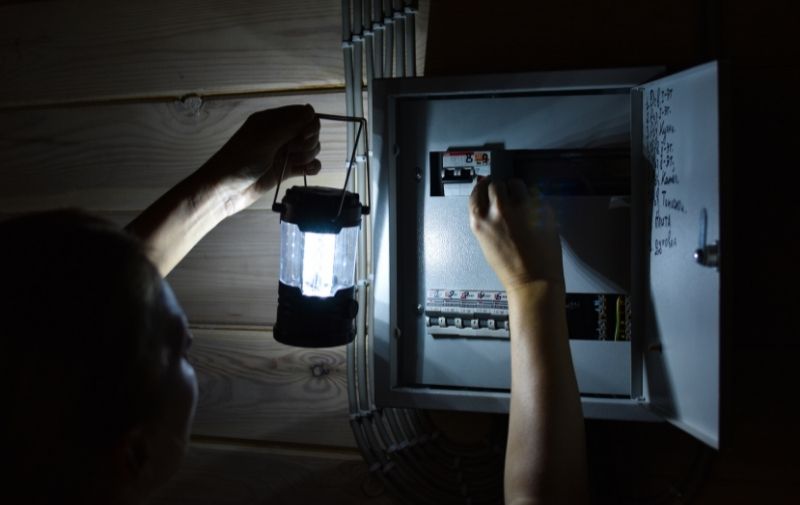
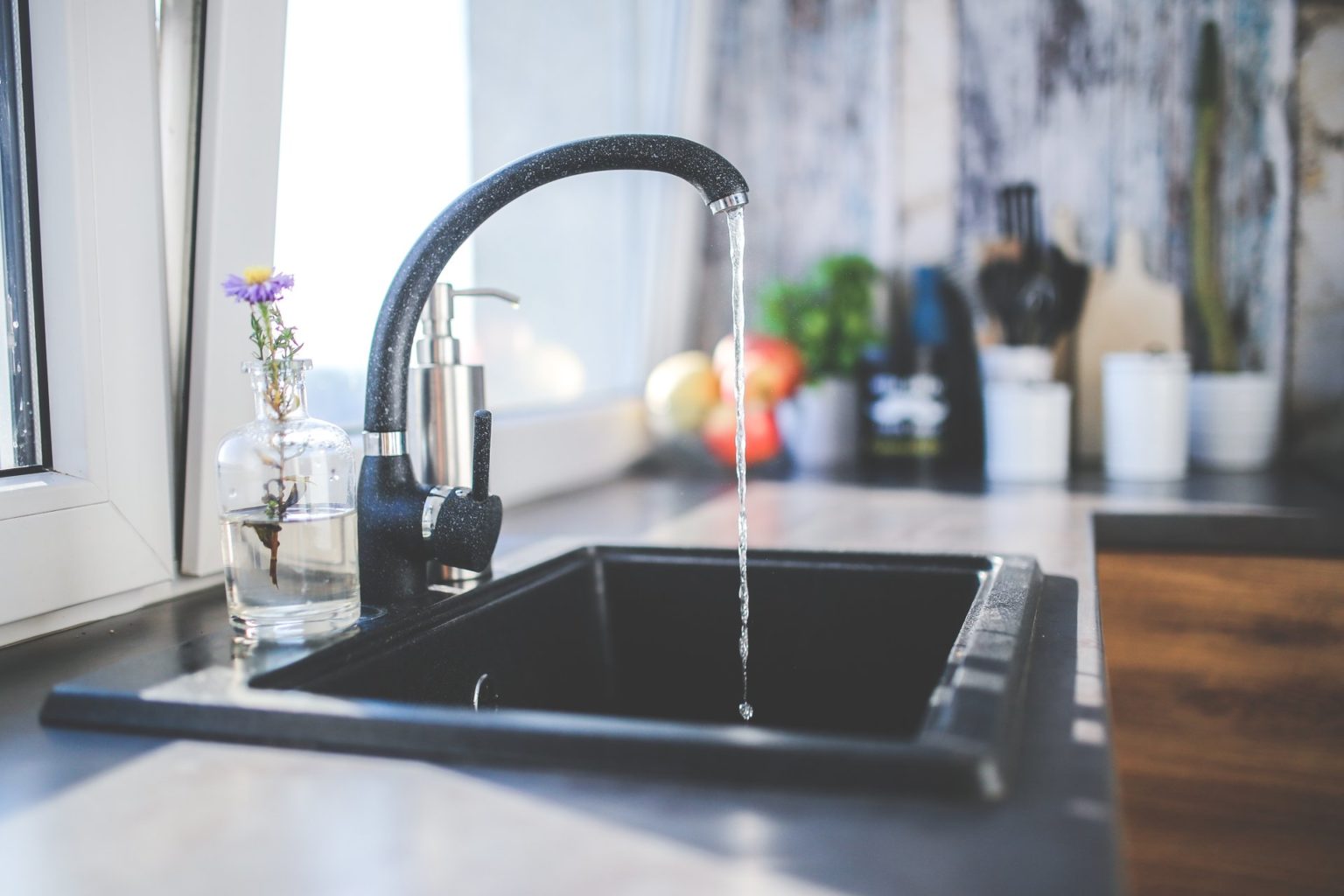



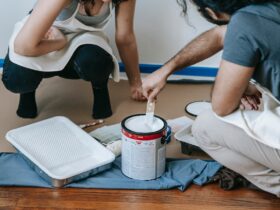


Leave a Reply